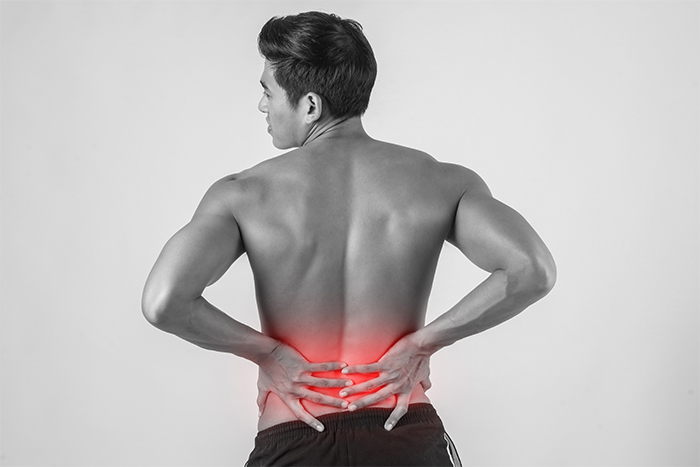Hip pain is a common complaint that can be caused by a wide variety of problems. The precise location of your hip pain can provide valuable clues about the underlying cause.
Problems within the hip joint itself tend to result in pain on the inside of your hip or your groin. Hip pain on the outside of your hip, upper thigh or outer buttock is usually caused by problems with muscles, ligaments, tendons and other soft tissues that surround your hip joint.

